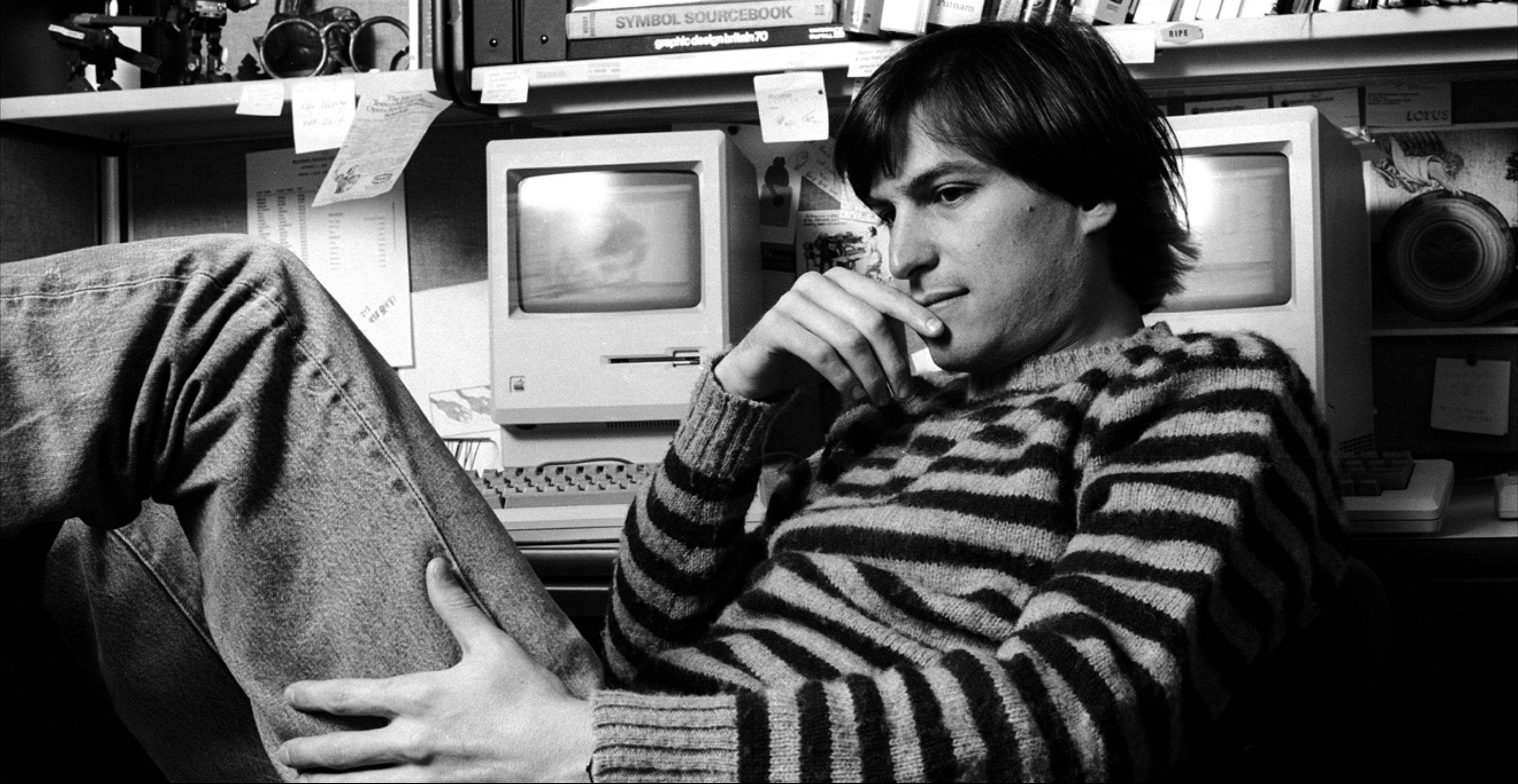Steve Jobs rejected the first health app, or how startups worked in 1977

Gather round, dear readers, it's storytime. In 1977, newly recruited cardiologist George Diamond wasworking on devices and methods to improve diagnostics of heartdiseases at LA's Cedars-Sinai Medical Center. His brilliant mind anda complex probability theorem aside, he didn't have very much to workwith - a TI-59 programming calculator with a whopping 1kb of RAM,which he used to write the first health app. It was a program thatcalculated the probability of heart disease based on test results,and we trust that he didn't name it “Heartie” or “Probabilify”.
Diamond quickly maxed out the calc'smemory, so he went to one of Santa Monica's first computer stores anddid what many creatives still do today - he bought an Apple computer.Using the $2700 (at the time) Apple II, which had significantlylarger 48kb RAM memory, along with two floppy disk drives, Diamondwrote the “complete” first health app - a program which analyzedmultiple diagnostic tests for diagnosis of coronary disease. Pleasedwith the result, he decided to give the whole app startup thing a try– decades before it was even a thing! Alas, one couldn't simplywhip up a Kickstarter page back in '77, so Mr. Diamond had to pitchhis project the old-school way - by phoning Apple in Cupertino. Whichhe did. A secretary put Steve Jobs on the line, and minutes later,the two arranged a meeting. The rest of the story is best told in thewords of George Diamond himself:
I described to him what I had beendoing, and how impressed I was with his device. Other people thoughtit was a toy, but I thought that, eventually, a computer like thisshould be on the desk of every doctor in the world. I thought myprogram could be a means toward that end, and I would love to get histhoughts about it, and if he would be willing to do something to helpus advance that idea.
Steve said he was very impressed withwhat I had done, and that he agreed about the potential for thefuture, but frankly, he was not interested in working on this. Iasked why. He said: ‘You have to understand. This is something thatnobody in the world yet understands. I can’t be distracted. I’mtrying to make the best hammer I can make, the best hammer in theworld. You can use my hammer to tear something down, or you can useit to build something up. I really don’t care what you do with myhammer. I just want to make the best possible hammer. And what youare doing is a wonderful bit of construction, but to me it’s adistraction.’
I really don’t care what you do with my hammer. I just want to make the best possible hammer.
At the time, it seems Steve Jobs wasonly interested in building the best computer possible, andeverything else was a "distraction". So George Diamondthanked him, flew back to LA, and proceeded to become Dr. GeorgeDiamond, MD. Meanwhile, Apple became Apple, and is currently gearingup to introduce its first health app, Healthbook, which will debut iniOS 8 - a mere 37 years later.via Forbes












Things that are NOT allowed:
To help keep our community safe and free from spam, we apply temporary limits to newly created accounts: